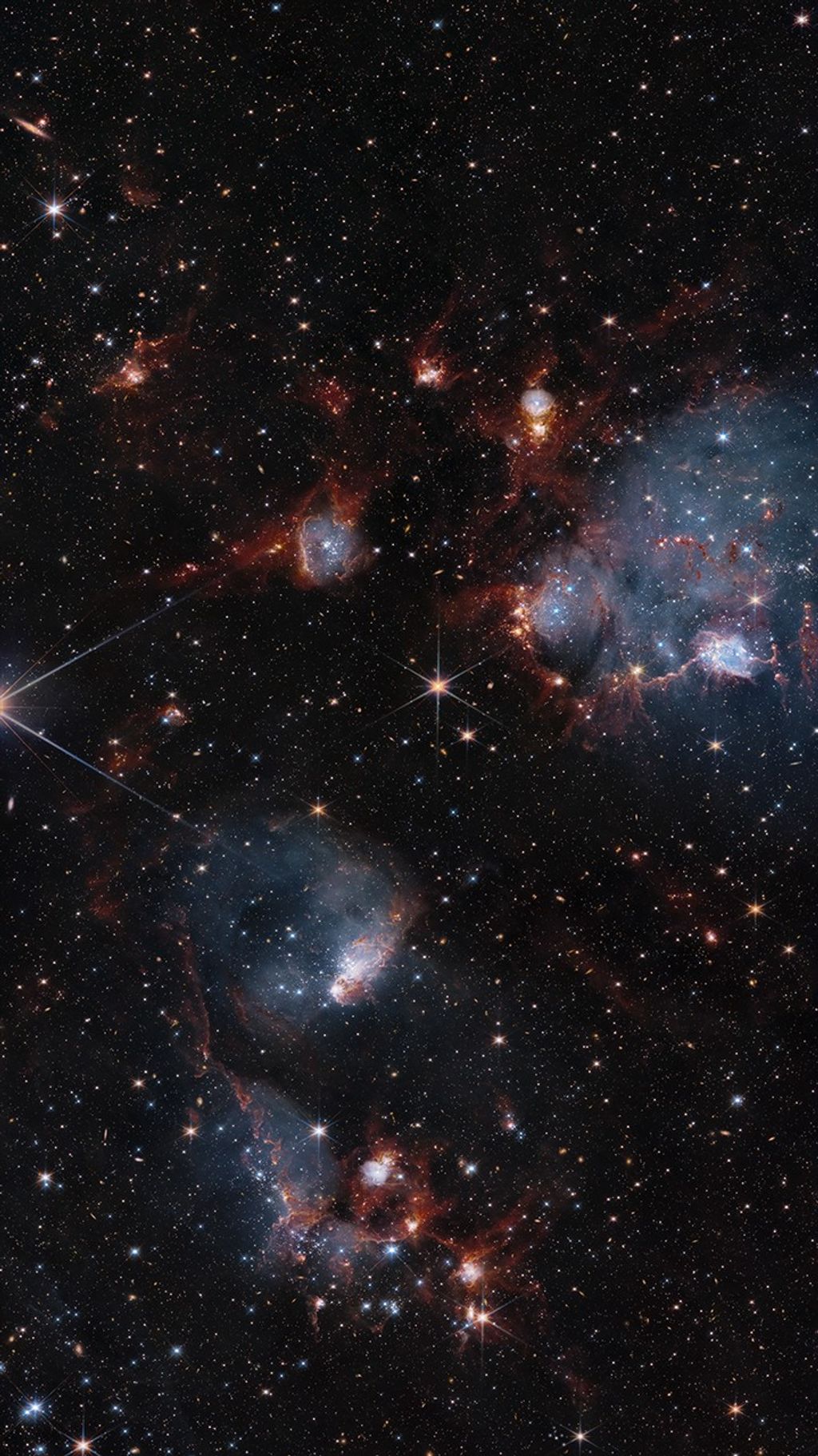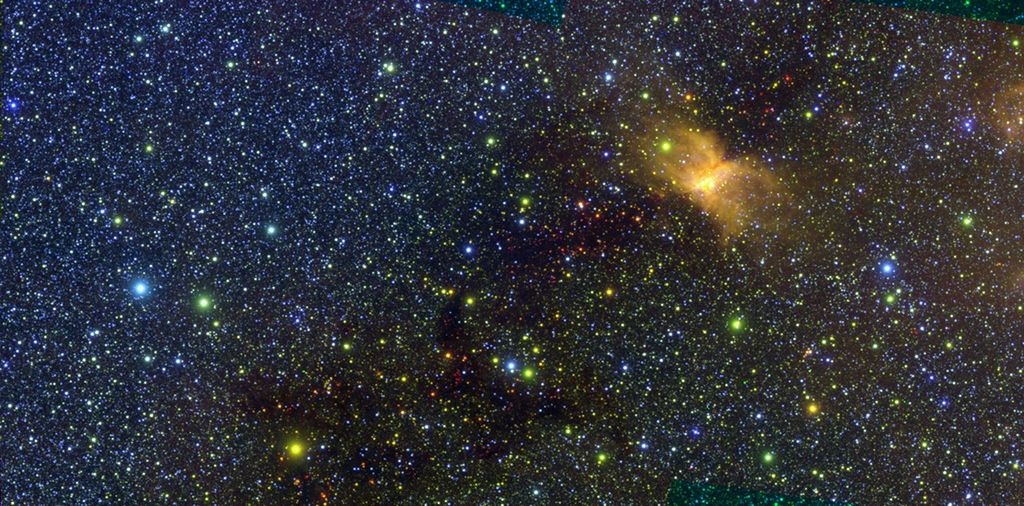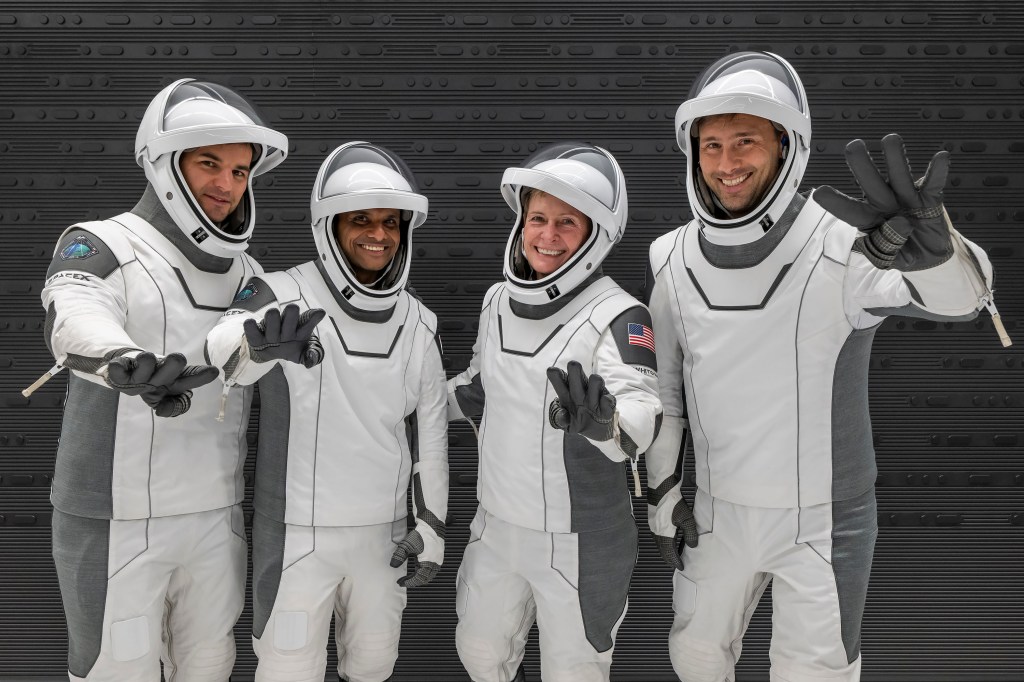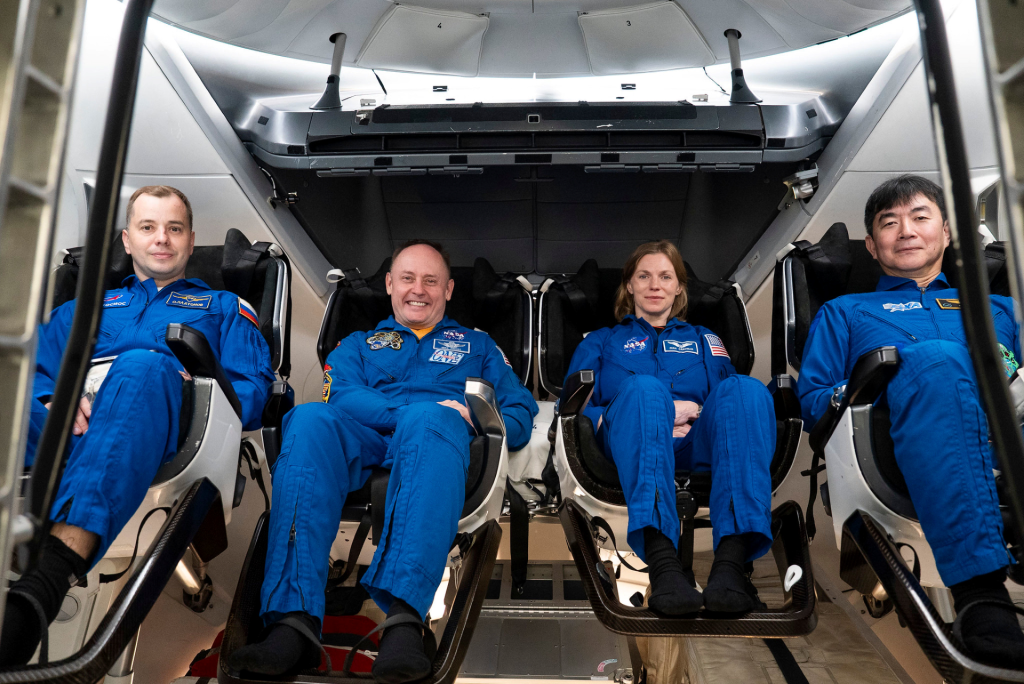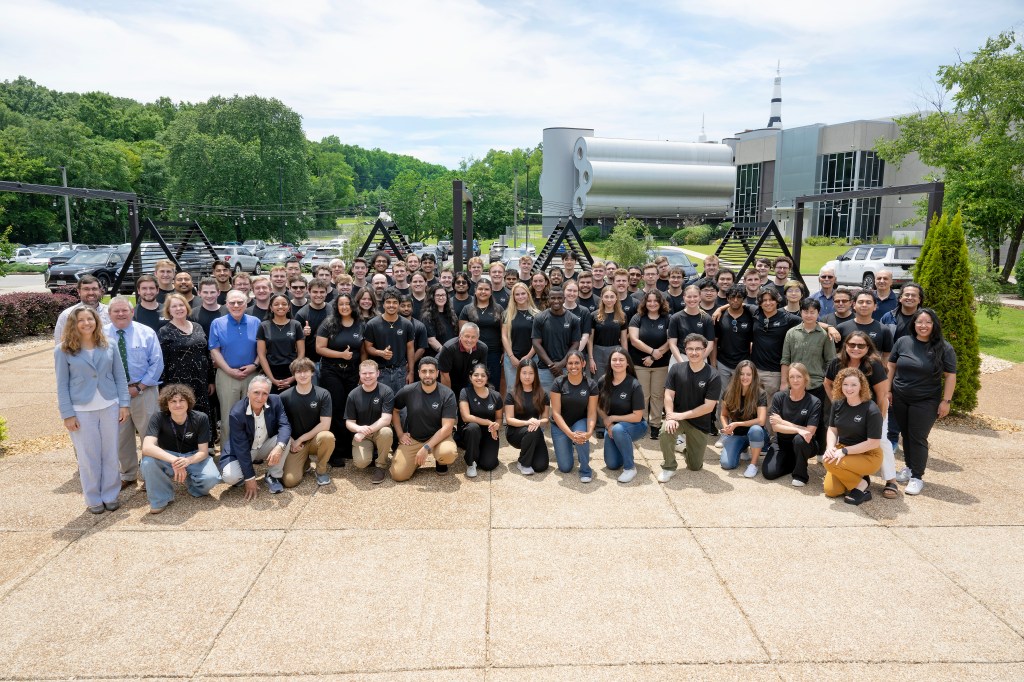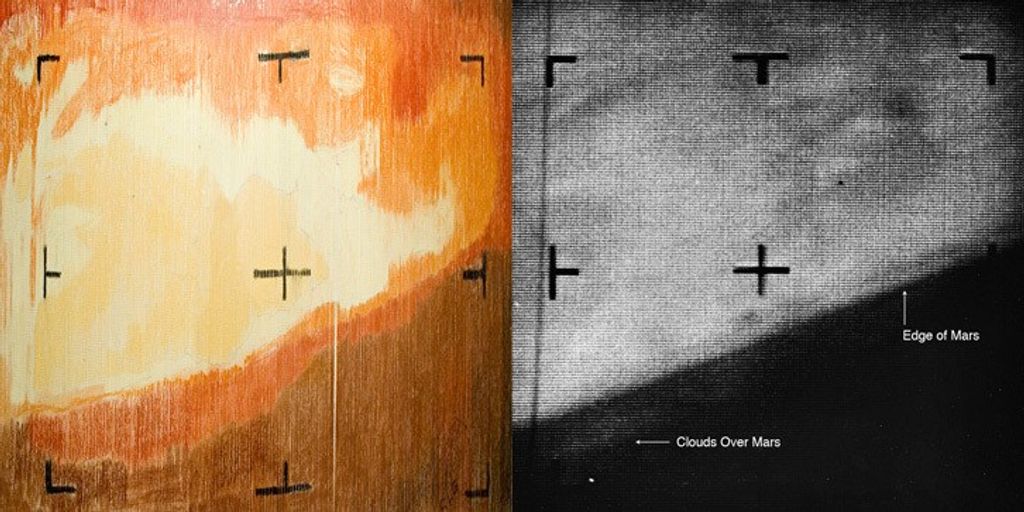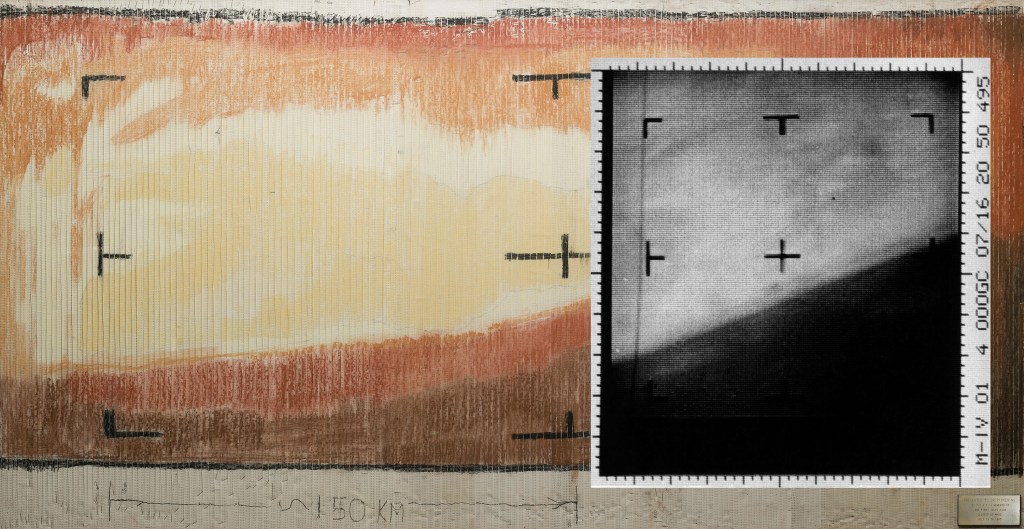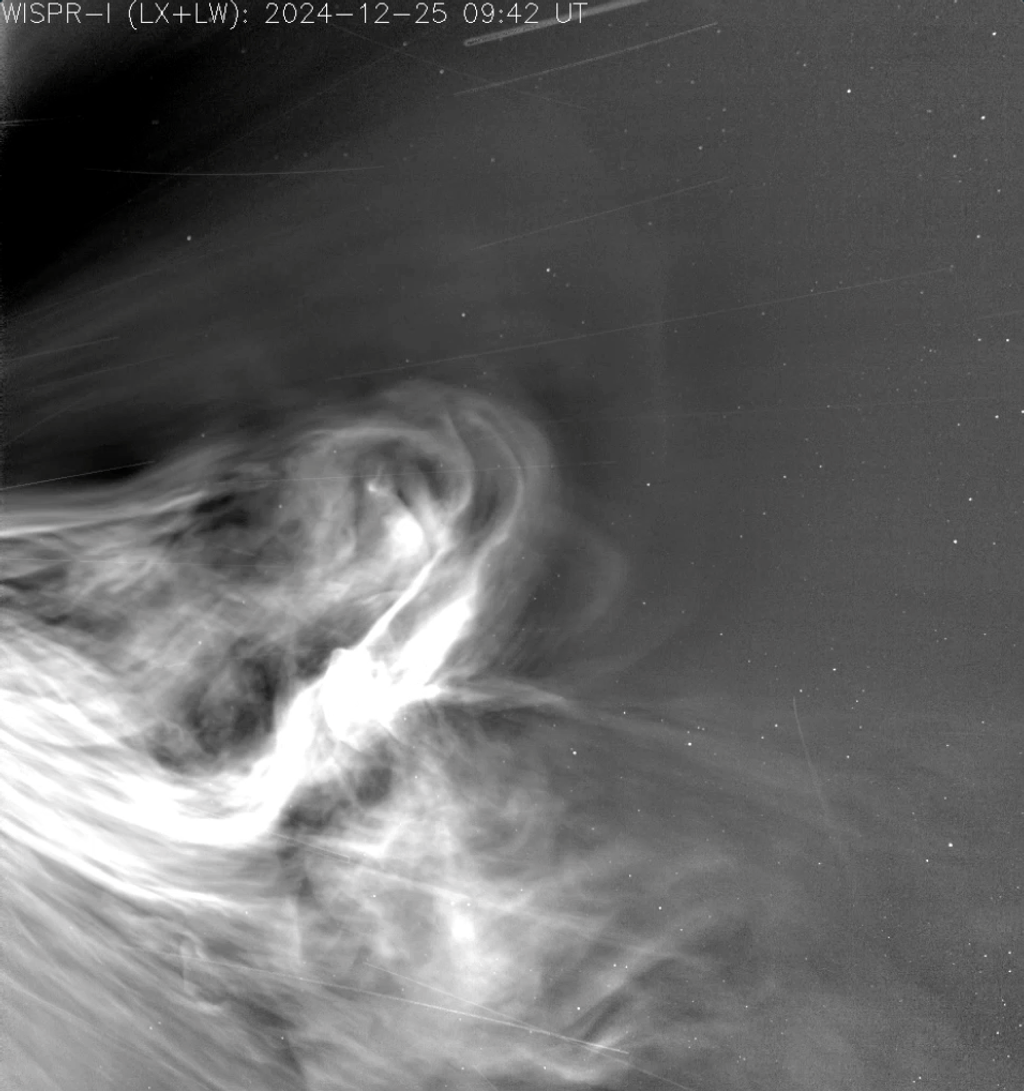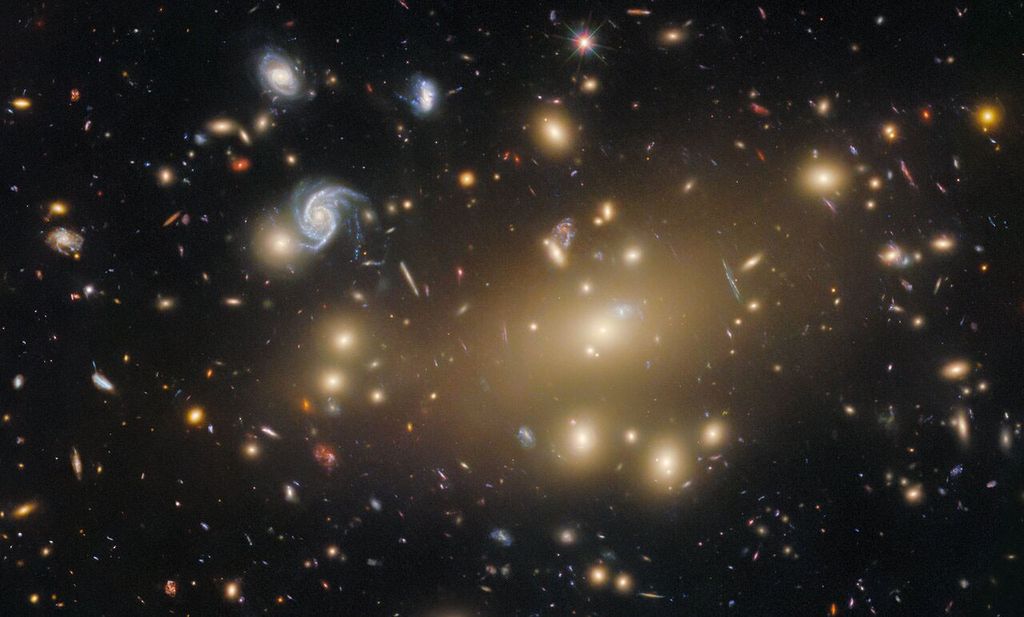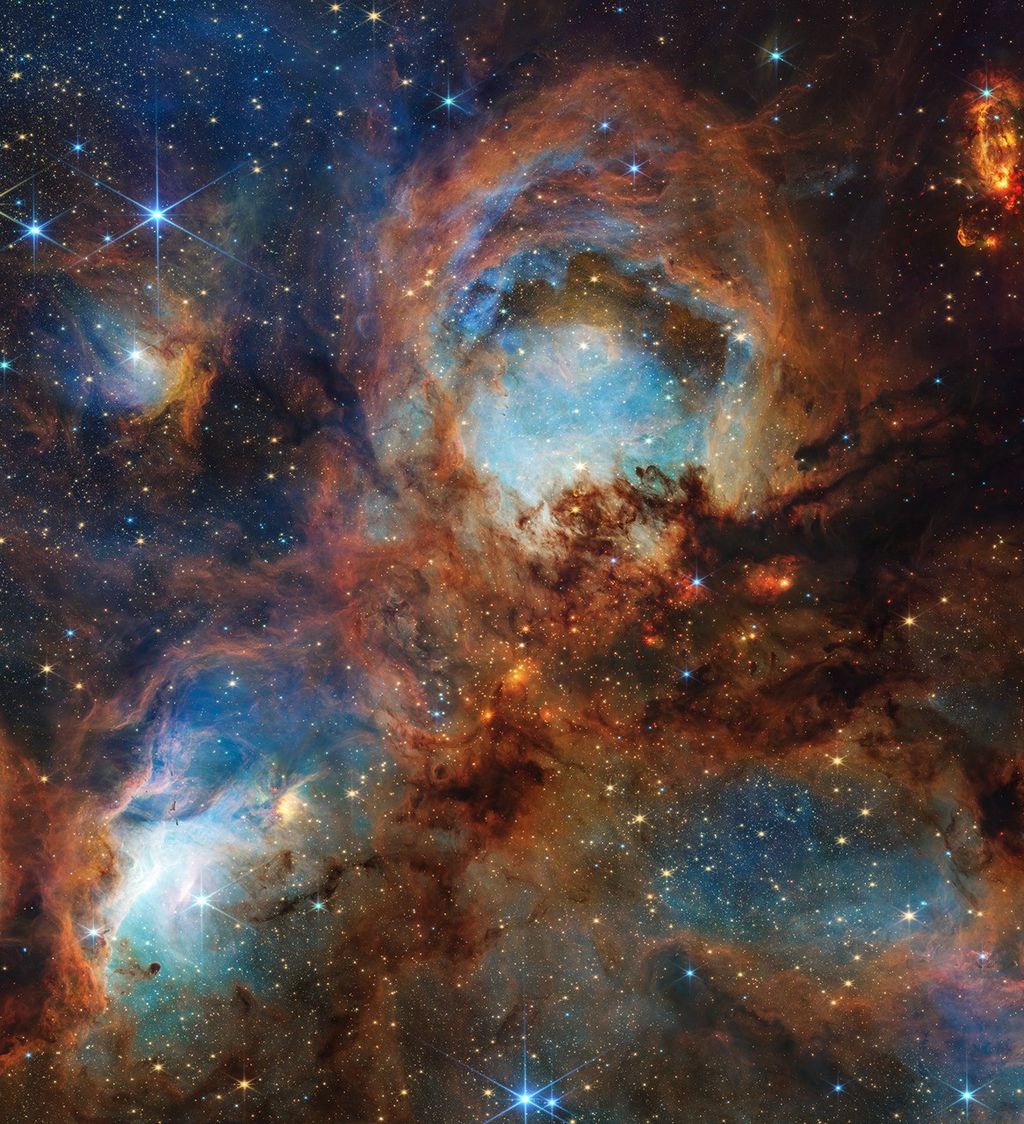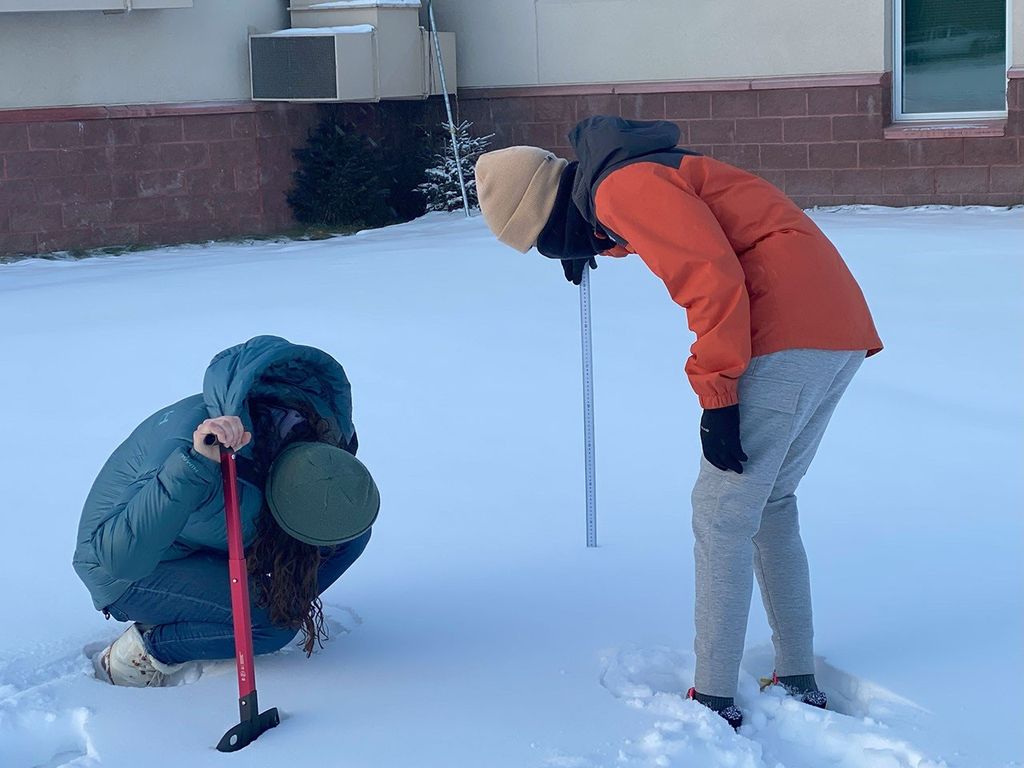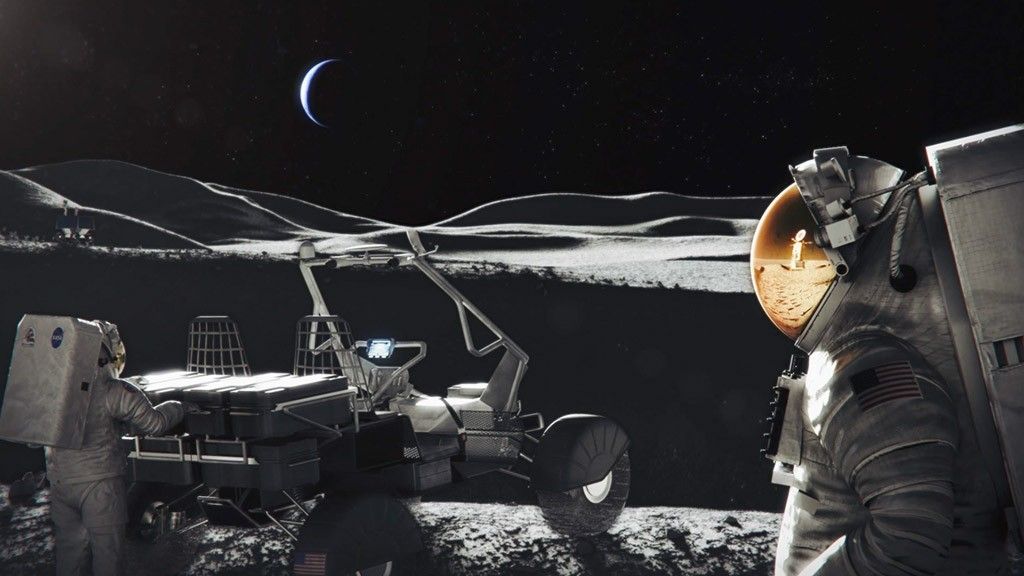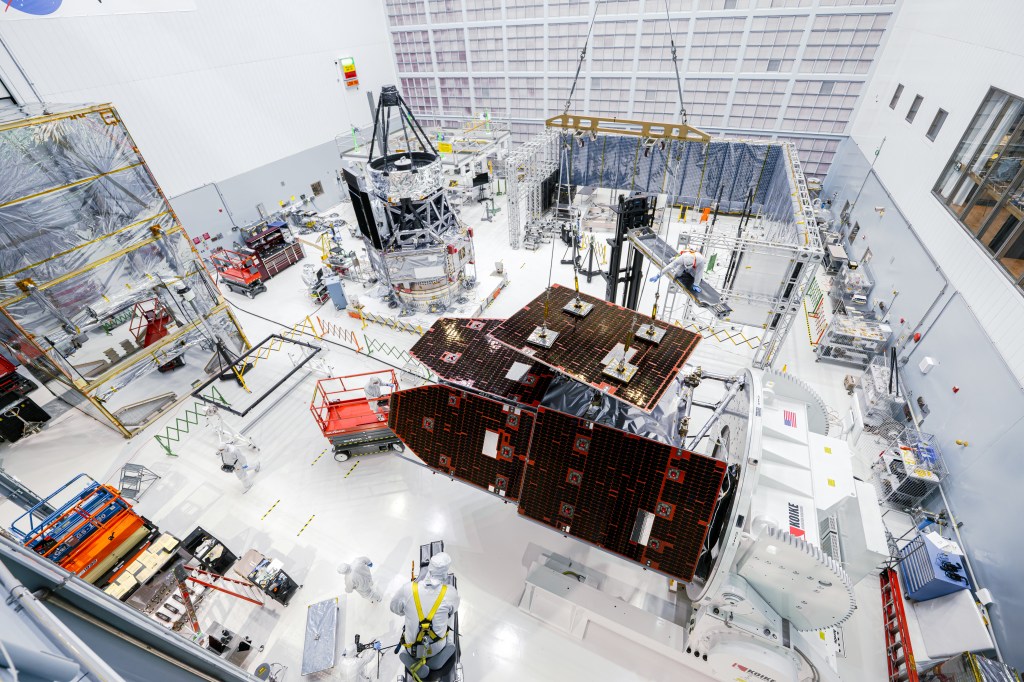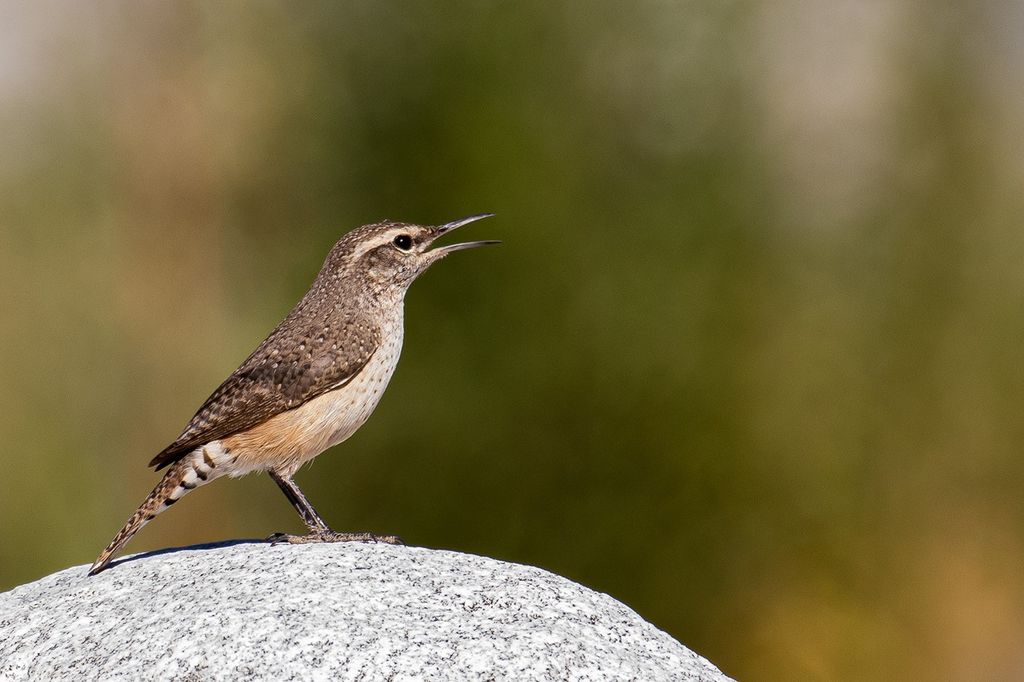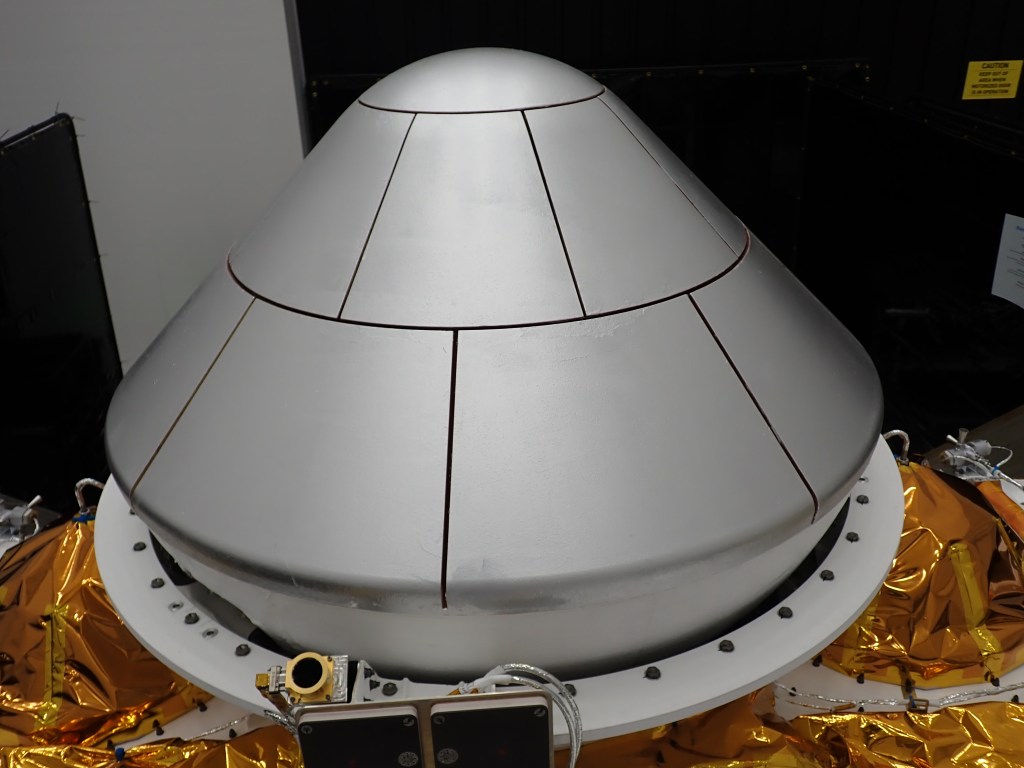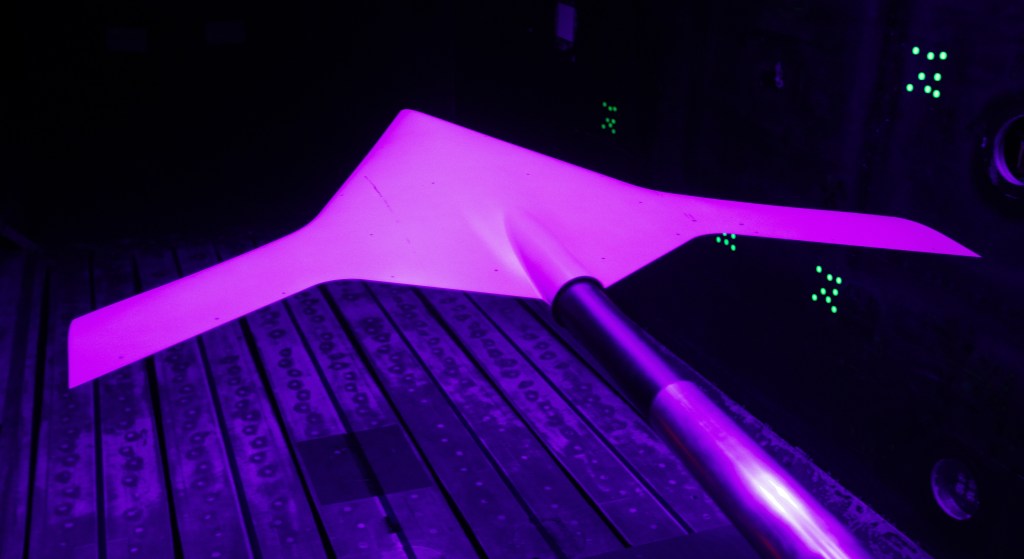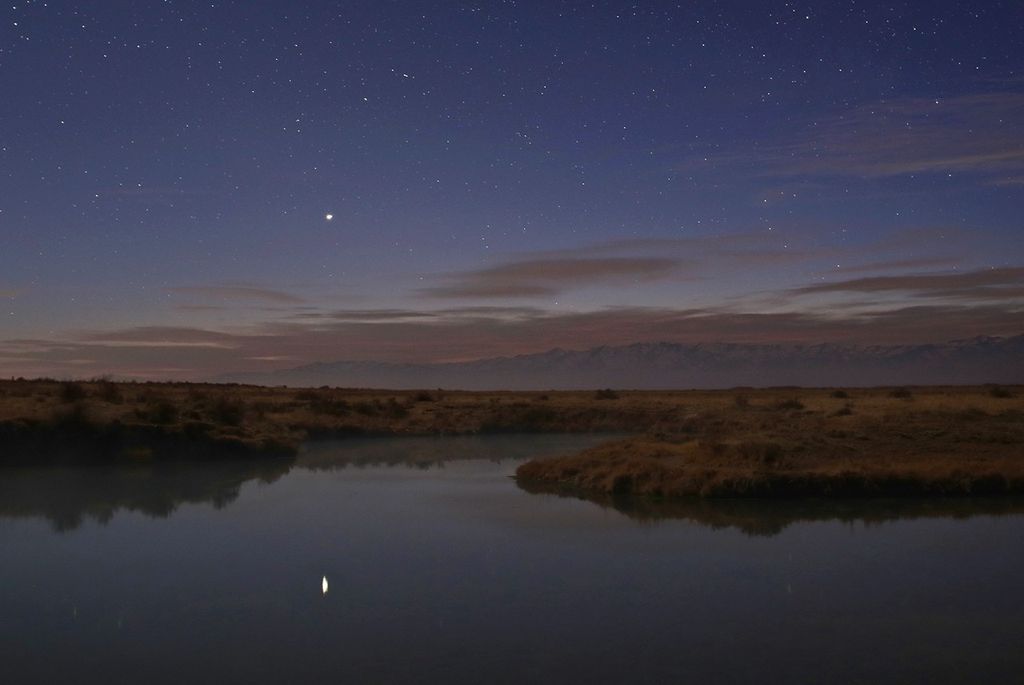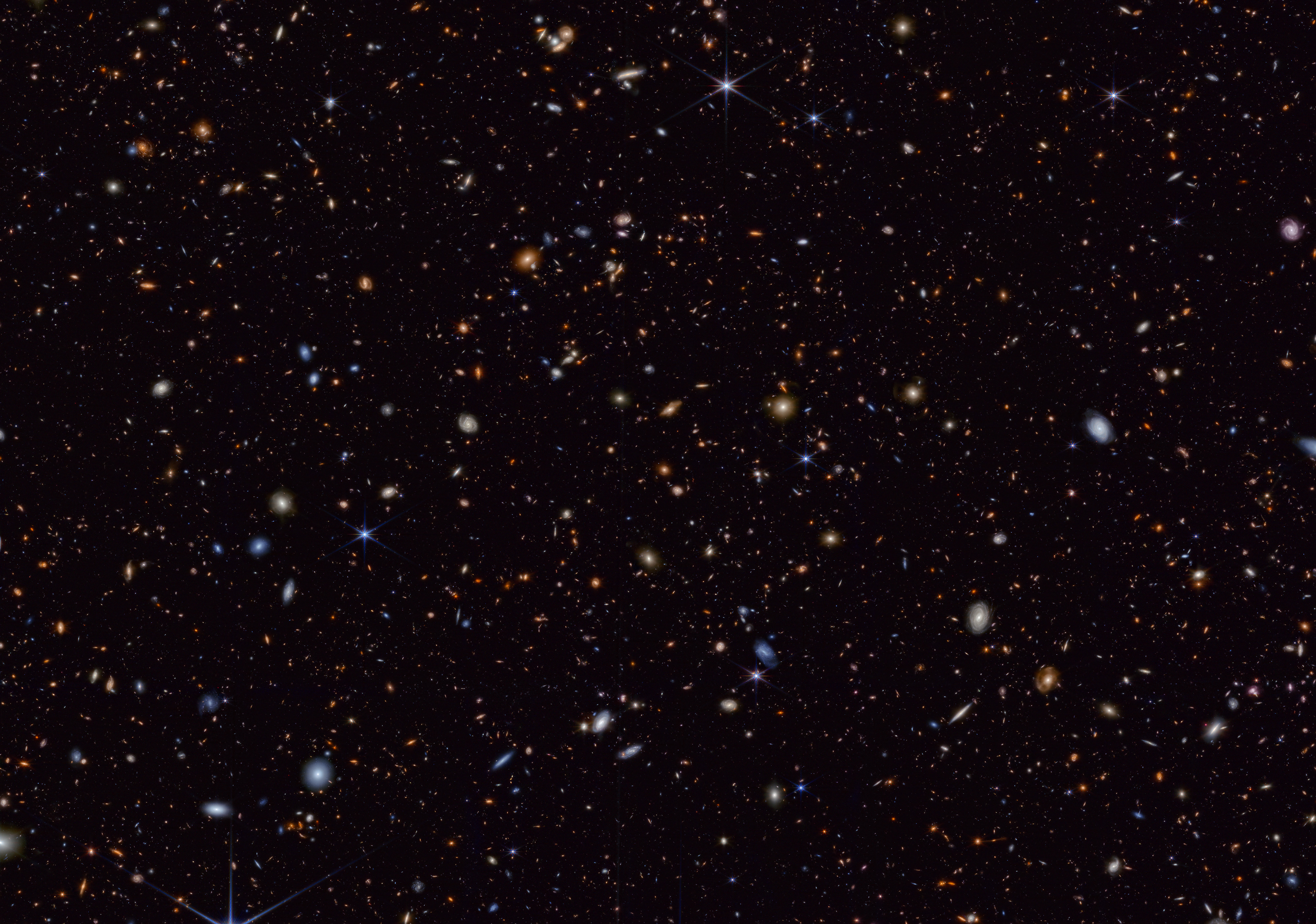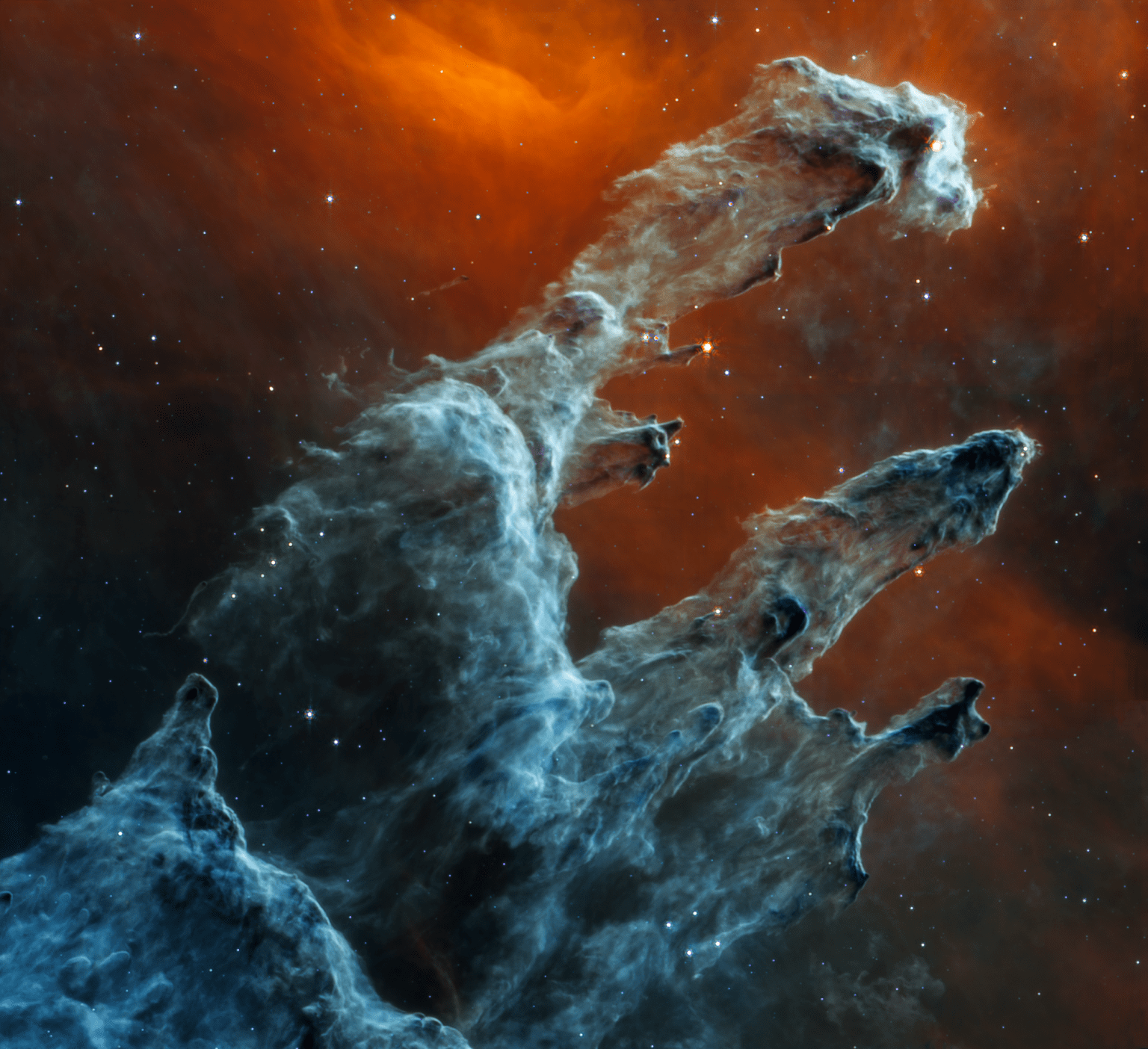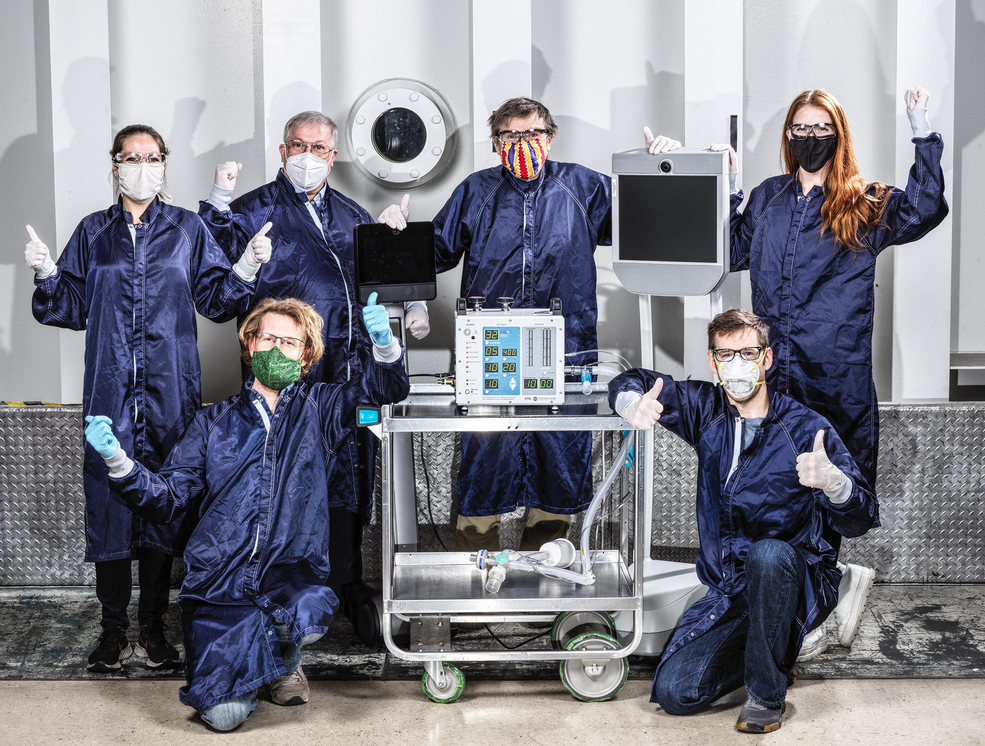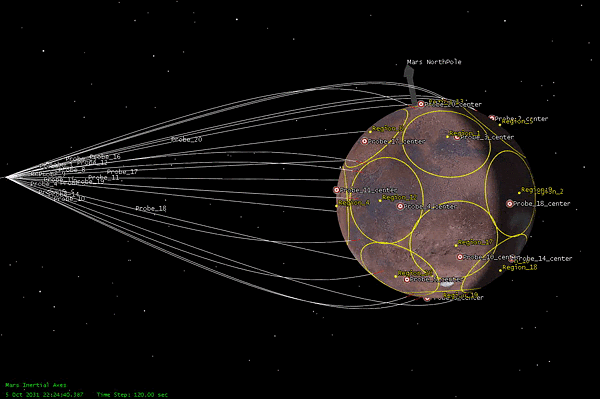
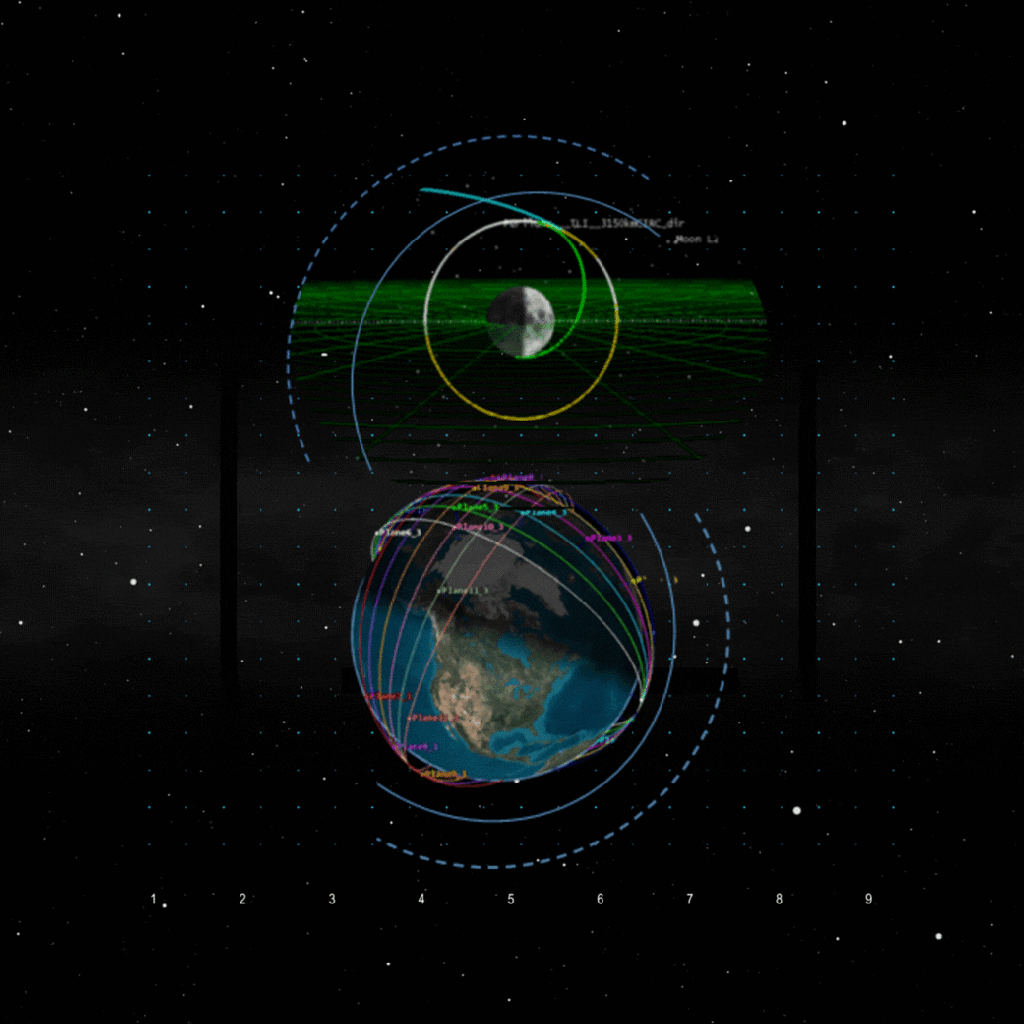
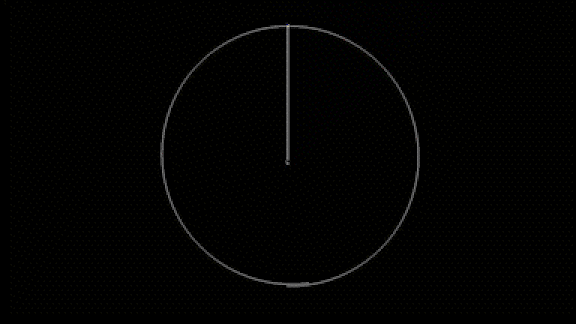
Ames Flight Dynamics
The Flight Dynamics (FD) team provides full orbital mechanics support in all mission phases. The team collaborates with the mission design, systems engineering and project management groups at NASA Ames to provide quantifiable orbital mechanics data to enable feasibility studies, proposals and spaceflight missions.
The team is integrated within the Spaceflight Division and collaborates with multiple stakeholders at the agency; as well as with academia, research centers and the private industry.
Our Capabilities
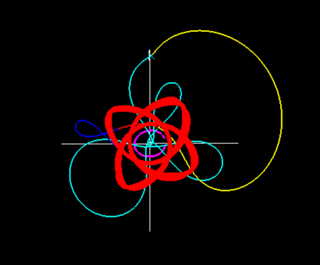
Trajectory Design
Trajectory design is one of the main activities performed by the Ames Flight Dynamics team. Trajectories are designed by capitalizing on the fundamental laws of orbital mechanics to achieve a given set of mission objectives.
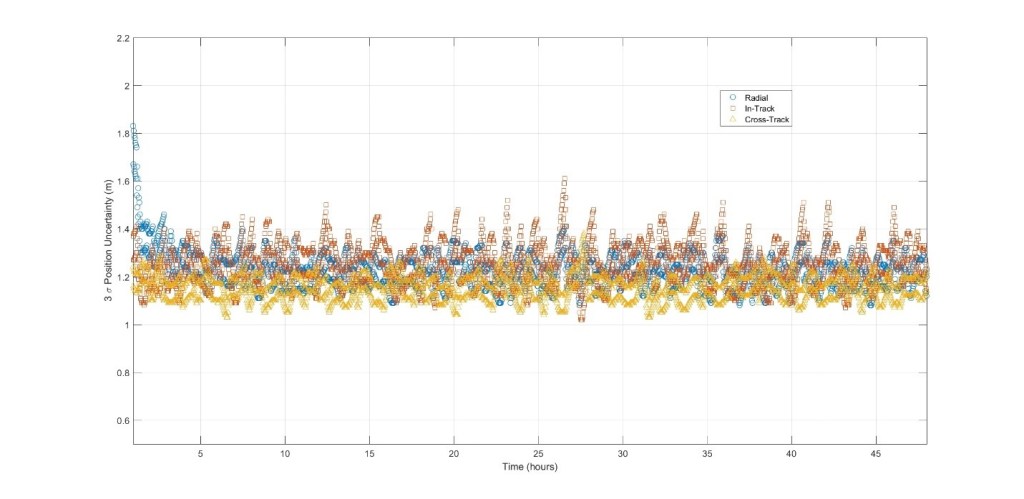
Navigation
The Ames Flight Dynamics team supports space missions from early concept studies through flight operations. In our most recent past mission support activity, Starling’s and Biosentinel's mission operations ran from 2023.
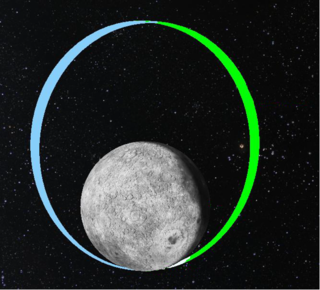
Orbit Analysis
The FD team conducts all the analysis related to any spacecraft mission requirements. This includes producing valuable data for other subsystems, and studying the orbit evolution and payload performance with high fidelity propagations.
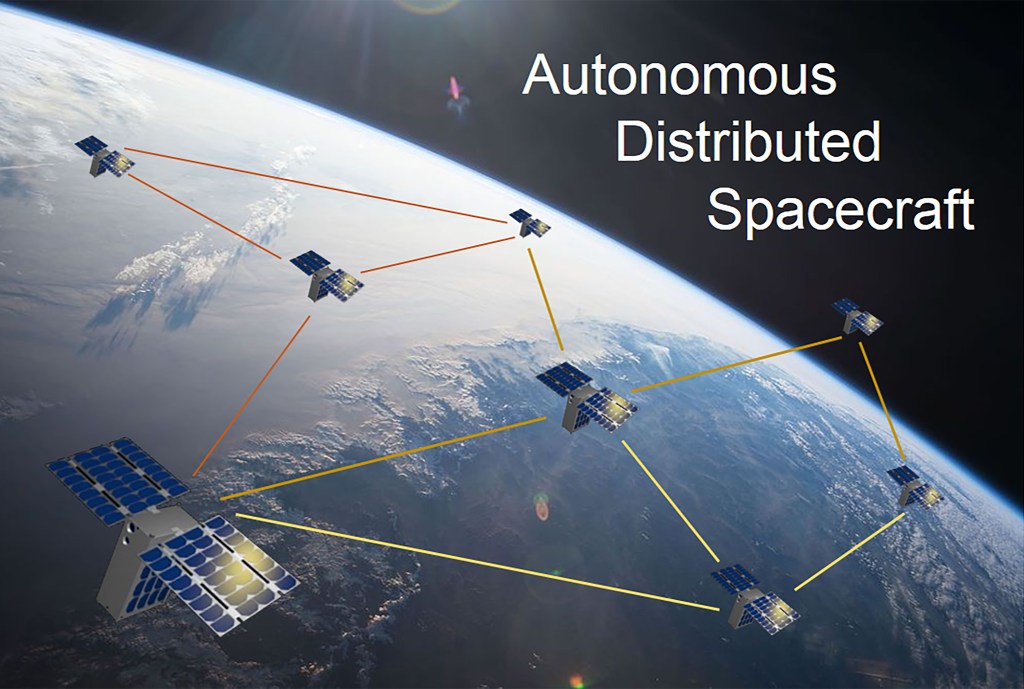
Formation Flying
The focus of formation flying is to maintain a targeted orbit configuration of various spacecraft. Having multiple satellites fly in a specific geometry avoids the technical and financial challenge of building one satellite of equivalent size.
Tool Development
The Flight Dynamics team supports the development of several software tools that enable the analysis of novel approaches for mission design, including the study of stability trends, the optimization of propulsion subsystem design, and the analysis of spacecraft orbiting in close proximity. |
Trajectory Browser
The Trajectory Browser is a web-based tool developed at the NASA Ames Research Center for designing trajectories to small-bodies and planets and for providing relevant launch date, time-of-flight and Delta V requirements.
The site hosts a database of transfer trajectories from Earth to asteroids and planets for various types of missions such as rendezvous, sample return or flybys. A search engine allows the user to find trajectories meeting desired constraints on the launch window, mission duration and ∆V capability, while a trajectory viewer tool allows the visualization of the heliocentric trajectory and the detailed mission itinerary.
PROGRAM FUNDING: NASA/ARC Mission Design Center
Contact Email: ARC-trajbrowser@mail.nasa.gov
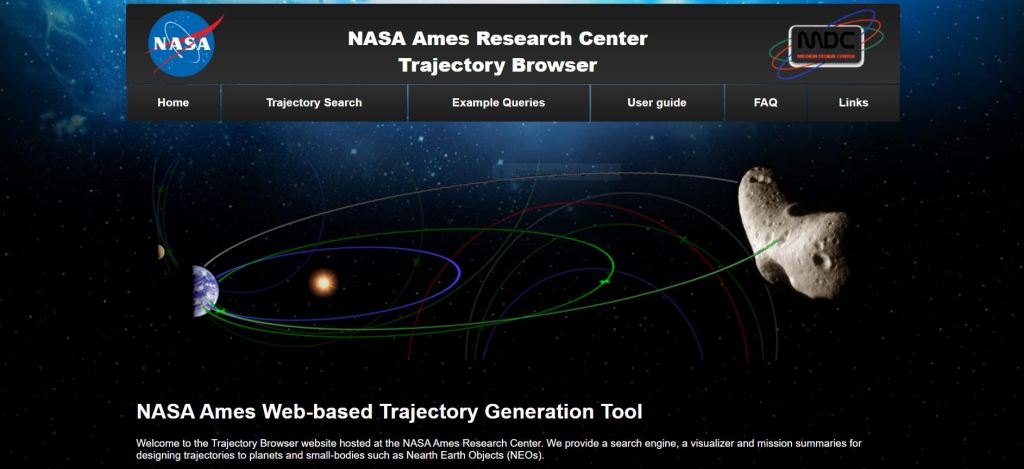
Mauna Toolset
The Mauna toolset includes a series of software capable of producing large quantities of high-fidelity orbit propagation data to be stored in a common database across all users.
This database enables the opportunity to run big data analyses that can determine trends in the correlation between several orbital elements and the stability of certain orbit regions.
A custom visualization tool, included within the Mauna toolset, aids the user to run parametric studies and orbit analysis to find the regions where the orbit stability is present for a certain planetary body.
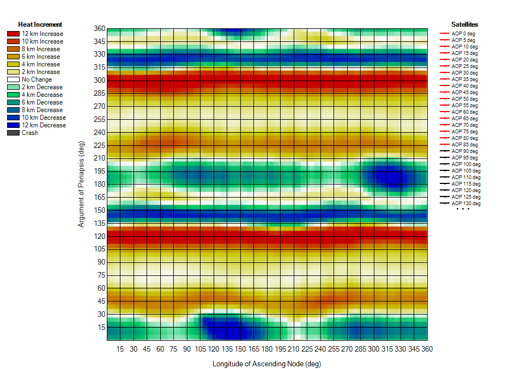
Lunar Browser
Lunar browser is a tool (STK, Python) for building, processing, and analyzing a database of lunar trajectory solutions. Examples of intended uses include design trades for lunar missions and preliminary assessments of key parameters such as launch opportunities, delta-v and propulsion budgets, communication windows, eclipse durations, and lunar landing windows.

Our Missions
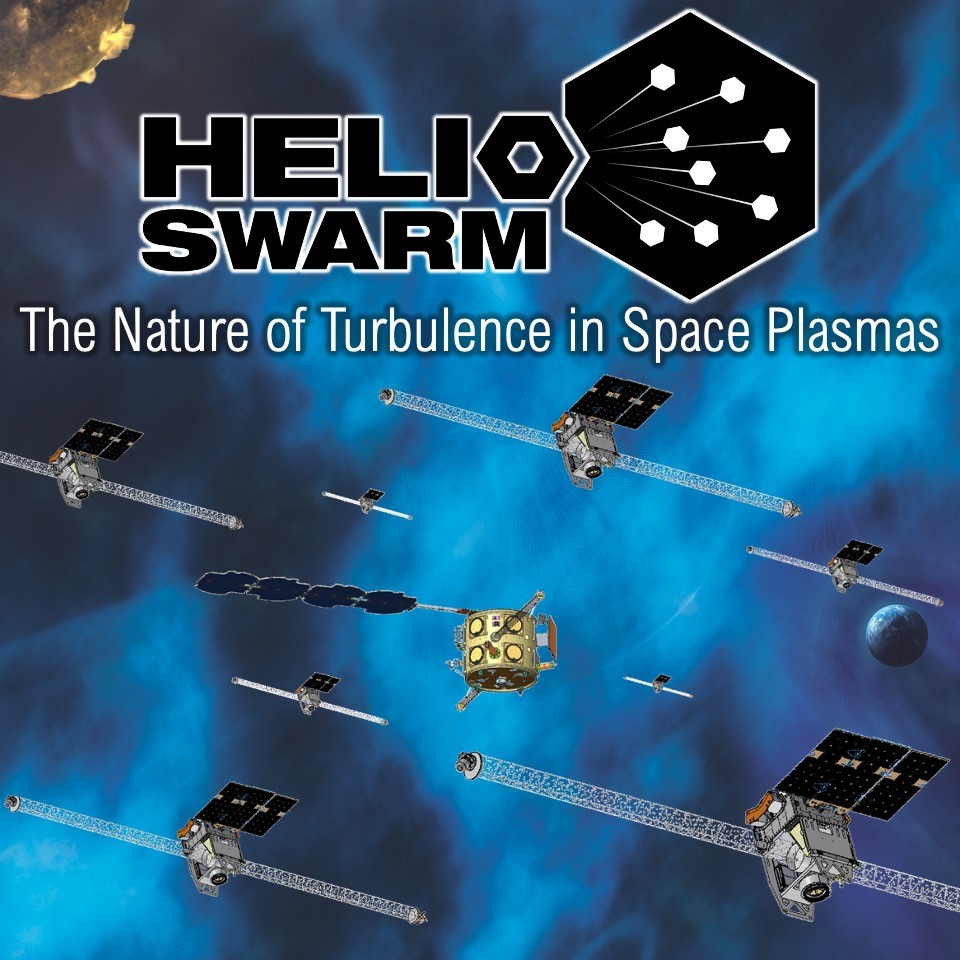
HelioSwarm
HelioSwarm will unlock the mystery of how turbulence heats space plasma, which is matter that makes up key elements in the Universe, like the Sun, stars, solar wind and even the Earth's upper atmosphere.
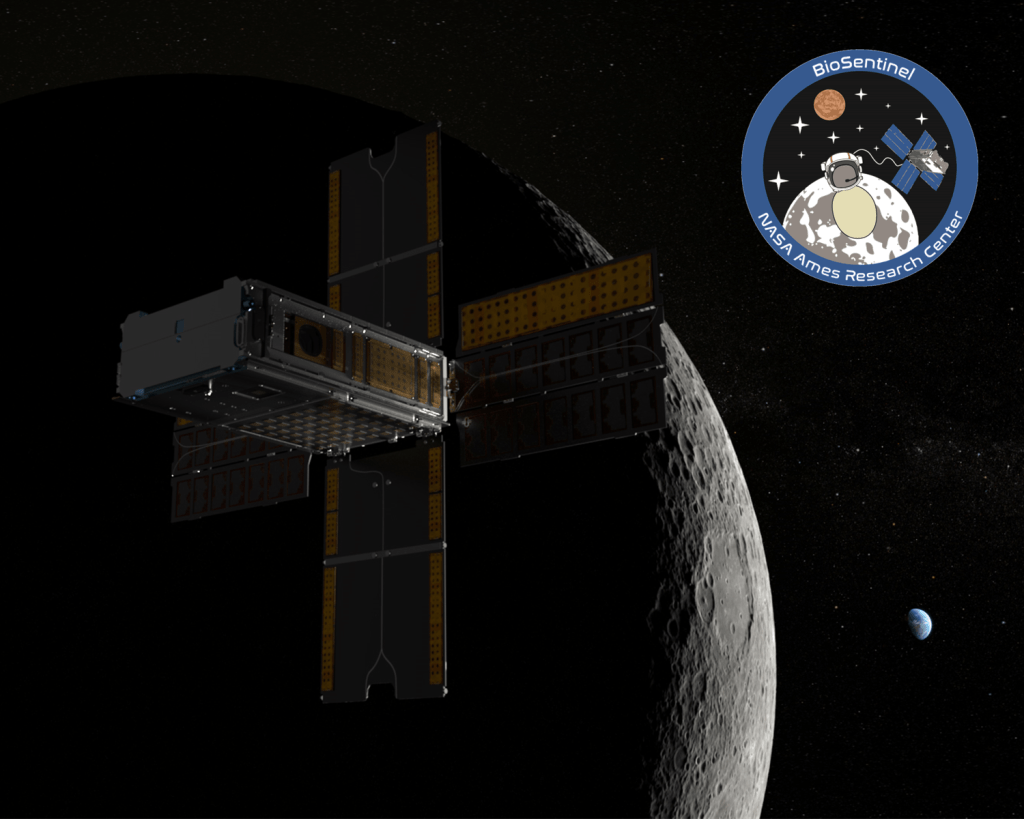
BioSentinel
Launched on Artemis-1, BioSentinel is a 6U CubeSat that carries a biology experiment into deep space for the first time in 50 years.
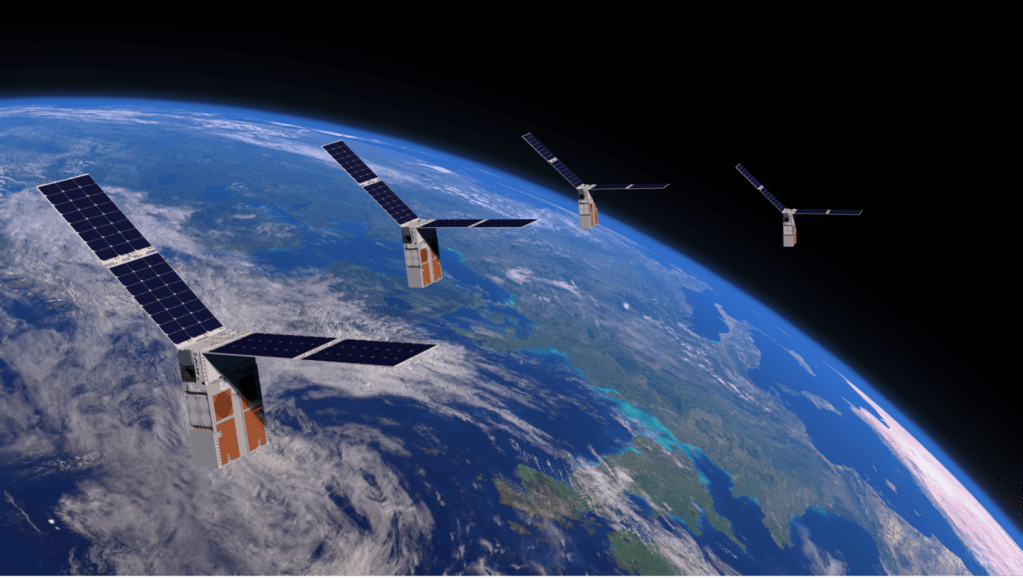
Starling
Starling will demonstrate technologies to enable multipoint science data collection by several small spacecraft flying in swarms.

Advanced Composite Solar Sail System (ACS3)
ACS3, technology demonstration uses composite materials in its novel, lightweight booms that deploy from a Cubesat.
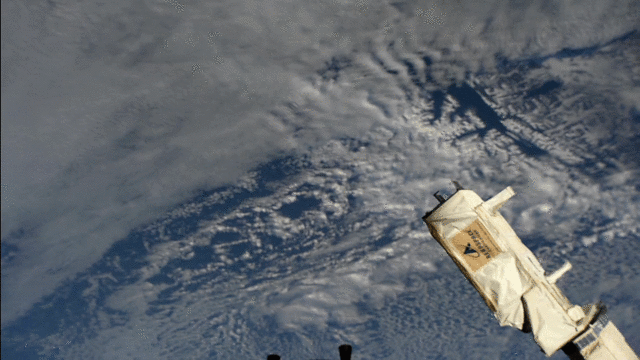
TechEdSat
TechEdSat aims to bring small payloads back to Earth or to the surface of Mars–while pushing the state of the art in a variety of CubeSat technologies and experiments.
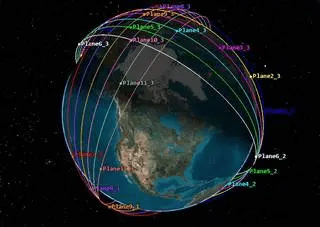
Surface, Deformation and Change (SDC)
The FD team has contributed to the NASA Earth Science Decadal Survey by providing constellation analysis for a variety of trade studies that supported the development of several mission concepts.


